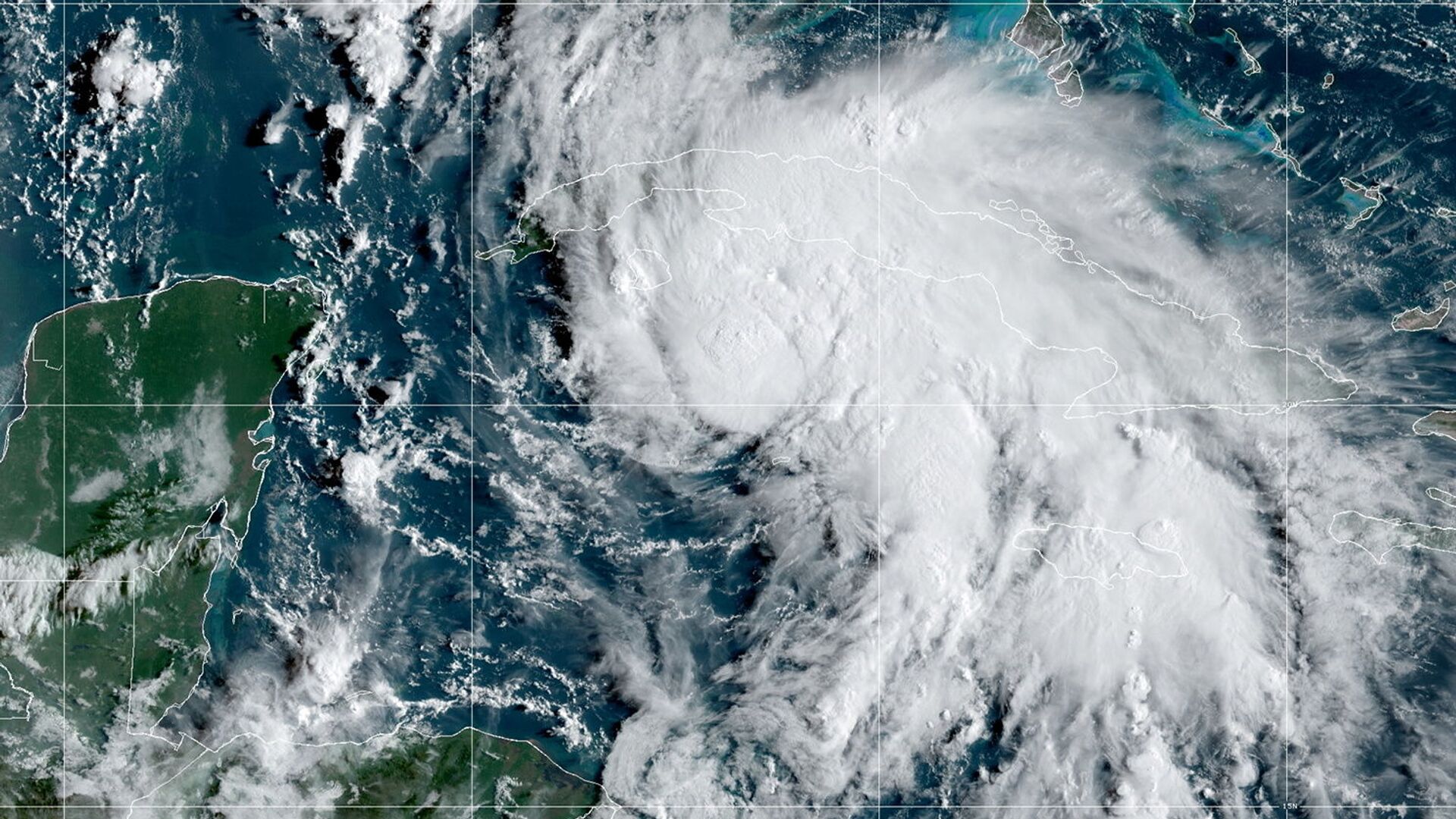'Cyclone Bomb': Weather Forecasters Say US West Coast Should Brace For Huge Subzero Storm
19:12 GMT 24.10.2021 (Updated: 19:13 GMT 24.10.2021)

© NOAA
Subscribe
Climate scientists say that so-called "bomb” cyclones usually occur along coastlines where warm water creates a strong temperature gradient from its surface to the atmosphere above.
Seattle and other places across the West Coast should brace for a major cyclone that may be equal to a hurricane, meteorologists said.
Snow is predicted over the highest peaks in the Sierra Nevada, as moisture is coming from southeast Asia, they added.
Temperatures may go down in much of California, Alex DaSilva, an expert for AccuWeather said, quoted by the Sun. According to other meteorologists, the cyclone may turn out to be one of the biggest storms to take place in California during a rainy season.
Strong winds will arrive at the coast on Sunday with southerly gusts up to 65 mph @ the beaches and headlands. Gusts up to 45 mph for coastal communities. Winds will ease later Sunday night. There is a small possibility for waterspouts or tornadoes as well. pic.twitter.com/iXZpiCLq4d
— NWS Portland (@NWSPortland) October 23, 2021
Meteorologist Scott Sistek shared the image of the so-called bomb cyclone forming.
Watch the "Bomb Cyclone" form into a deep 953 mb low pressure center from a 1001 mb low just 24 hours earlier. #wawx pic.twitter.com/vXyebVu6zR
— Scott Sistek (@ScottSeattleWx) October 21, 2021
Residents along the West Coast have been warned to keep their distance from the water when strong winds cause large waves and throw debris onto the shoreline.
In addition to strong winds, seas along the coast will build to 25-30 ft on Sunday night & persist thru Monday. Make sure to keep your distance from the water as large waves can run further up area beaches-potentially carrying debris with them! #wawx pic.twitter.com/2ZQufdfru2
— NWS Seattle (@NWSSeattle) October 23, 2021
